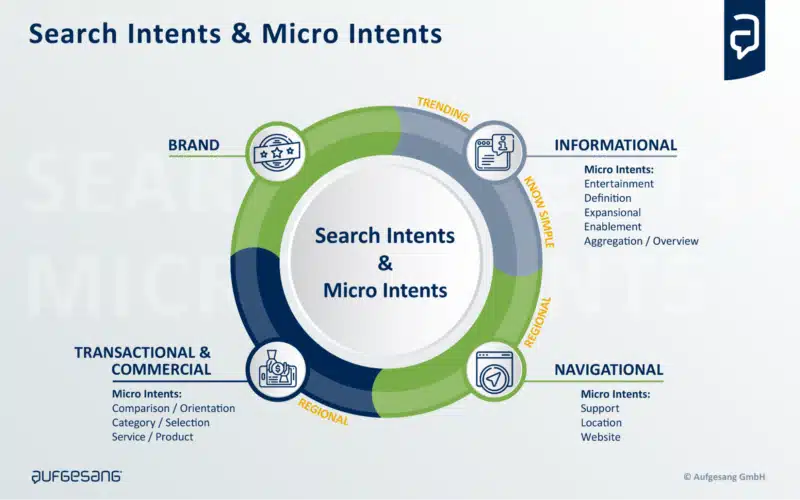Blitz News Digest
Stay updated with the latest trends and insights.
Decoding the Mind of a Searcher
Unlock the secrets of search behavior and discover what drives users to click. Dive into the mind of a searcher today!
Understanding User Intent: What Are Searchers Really Looking For?
Understanding user intent is crucial for creating content that resonates with your audience and meets their expectations. At its core, user intent refers to the motivation behind a search query. This can vary significantly, with users searching for information, transactional purposes, or navigational needs. By categorizing user intent into three main types—informational, transactional, and navigational—content creators can tailor their articles to fulfill the specific needs of their readers. For instance, if a user types in 'best running shoes,' their intent is likely transactional, indicating they are ready to make a purchase or at least gather information to facilitate their buying decision.
To effectively address user intent, it's essential to conduct thorough keyword research. This helps determine not only the exact phrases users are typing into search engines but also the underlying intent behind those searches. Utilizing tools to analyze search queries can provide insights into what users are truly seeking, enabling you to optimize your content accordingly. For example, a query like 'how to train for a marathon' suggests that the user is looking for step-by-step guidance, which means your content should be comprehensive, actionable, and engaging to satisfy their desire for information.

The Psychology Behind Search Queries: Decoding User Behavior
The psychology behind search queries reveals the intricate motivations and thought processes of users as they navigate the vast digital landscape. Understanding these behaviors is crucial for crafting effective SEO strategies. Users often approach search engines with specific intent—be it informational, transactional, or navigational. For instance, a user typing in 'best running shoes for beginners' is likely seeking advice on purchasing, showcasing a blend of both informational and transactional intent. Recognizing these nuances allows webmasters to tailor content that addresses the precise needs of their audience, ultimately leading to higher engagement and conversion rates.
Moreover, the choice of keywords often reflects deeper psychological patterns, such as emotions, pain points, and desires. For example, a search like 'how to overcome procrastination' suggests that the user is grappling with a common personal challenge and is actively seeking solutions. By tapping into these psychological triggers and understanding the underlying motivations, content creators can develop targeted strategies that not only draw visitors in but also foster a sense of connection and trust. In essence, decoding user behavior through search queries is not merely an analytical exercise, but a way to build meaningful relationships with an audience.
How to Anticipate Searcher Needs: Tips for Content Strategy
Anticipating searcher needs is essential for creating content that resonates with your audience. Begin by leveraging tools like Google Trends and Keyword Planner to identify popular search queries related to your niche. This analysis can help you uncover valuable topics and keywords that users are actively searching for. Additionally, consider utilizing customer personas to understand the motivations, pain points, and interests of your target audience. By aligning your content strategy with the needs and desires of your users, you can create informative and engaging articles that not only attract traffic but also encourage conversions.
Another effective strategy to anticipate searcher needs is to analyze the search intent behind relevant keywords. There are generally three types of search intent: informational, navigational, and transactional. Understanding the intent will help you tailor your content to provide the most relevant answers to your audience's questions. Additionally, incorporating features such as FAQs, how-to guides, and case studies can significantly enhance user experience. Ultimately, by delivering quality content that addresses the specific needs of searchers, you set your site up for improved rankings and greater reader satisfaction.